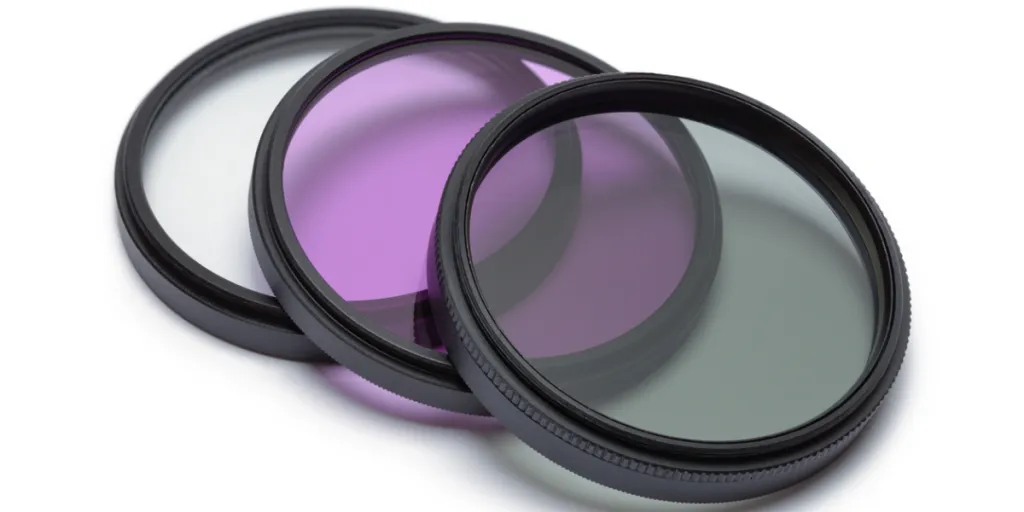In the fast-paced world of photography, camera lens filters are more than just accessories; they’re game-changers. These nifty tools can elevate a shot from good to great, offering photographers unparalleled control over light, color, and effects. For retailers, stocking the right filters isn’t just a matter of inventory—it’s about providing solutions that professionals crave. Get this right, and you’re not just selling products; you’re fueling creativity and building lasting relationships with your clientele.
Table of Contents
The evolution of camera lens filters
Types of lens filters: What retailers need to know
Market trends and consumer preferences in 2024
Conclusion
The evolution of camera lens filters
The journey from film to digital
The history of camera lens filters is as rich as photography itself. In the early days, filters were essential for managing the spectral sensitivity of photographic materials. For instance, the first processes like the daguerreotype were sensitive only to the ultraviolet and blue visible spectrum. With the advent of digital photography, one might think filters have become obsolete. However, that’s far from the truth. Filters have evolved to serve digital sensors, enhancing image quality in ways that post-processing software can’t replicate.
Why filters still matter in the digital age
While digital technology offers built-in filters, the physical lens filters still hold a unique position. They can manage issues like glare and light balance in real-time, something post-processing can’t fix. Lens filters can dramatically improve the quality of a photograph by controlling light exposure and balance. They are especially crucial in professional settings where every detail counts.
The role of filters in professional photography
In the realm of professional photography, filters are far from being just accessories; they’re tools of the trade. Whether it’s for landscape photography to darken the blue sky and increase the contrast between clouds and sky, or for portrait photography to improve skin tones, filters offer a level of control that can’t be achieved otherwise. Moreover, filters like neutral density ones are still in use today, employing modern technologies such as the coating of metallic nanoparticles over the surface of the glass filter.
Types of lens filters: What retailers need to know
Protection filters: The unsung heroes
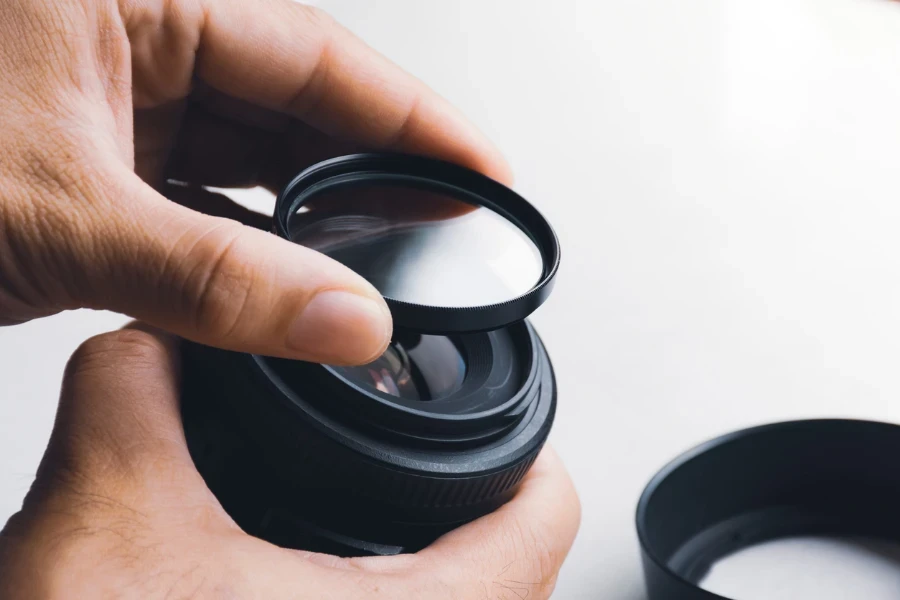
Protection filters, often made of high-quality glass or resin, serve a dual purpose. While their primary function is to shield the lens from potential damage, scratches, and dust, they also play a role in preserving the lens’s optical quality. For retailers, these filters are a staple, as they cater to both amateur photographers looking to safeguard their gear and professionals who understand the value of maintaining lens integrity.
UV filters: Beyond just protection

UV filters have been a mainstay in photography for years. Initially designed to reduce the ultraviolet light that film cameras were sensitive to, they’ve found a renewed purpose in the digital age. While digital sensors aren’t as susceptible to UV light, these filters can still enhance image clarity by reducing atmospheric haze, especially in high-altitude and seaside locations. Additionally, they offer a layer of protection, making them a favorite among photographers of all levels.
Neutral-density filters: The photographer’s best friend
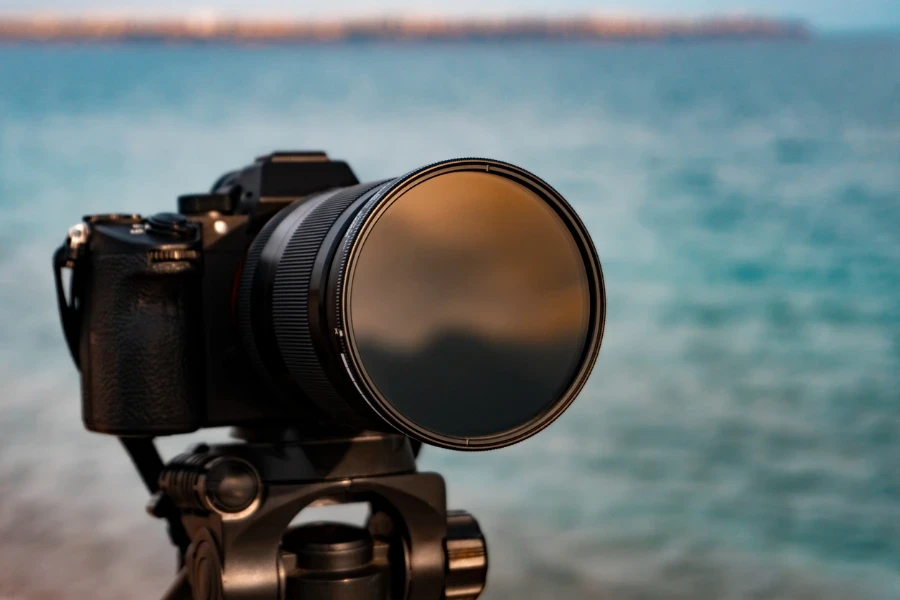
Neutral-density (ND) filters are indispensable for photographers looking to control light exposure. They allow for longer exposure times, making them ideal for capturing motion blur in waterfalls or reducing depth of field in brightly lit conditions. Available in various strengths, from light to extreme, ND filters can transform an ordinary shot into a masterpiece. Retailers should be aware of the different types, including fixed ND filters and variable ones, which offer a range of densities in a single filter.
Specialized filters: Infrared, polarizers, and more
Diving deeper into the realm of specialized filters, we find tools designed for specific photographic needs:
Infrared filters: Used for creating ethereal landscapes, these filters block visible light and only allow infrared rays to pass through.
Polarizers: Essential for reducing reflections and enhancing color saturation, polarizers are especially useful for landscape photography. They come in two types: linear and circular, with the latter being more common in modern photography.
Color filters: While their use has diminished in the digital age, color filters can still be used to enhance or modify colors in a scene, especially in black-and-white photography.
The rise of sensor clip-in filters
A relatively new entrant in the filter market, sensor clip-in filters are designed to be placed directly over the camera sensor. This positioning allows for more precise control over light and color balance. They’ve become particularly popular among astrophotographers, as they can effectively reduce light pollution, ensuring clearer images of celestial bodies.
Market trends and consumer preferences in 2024
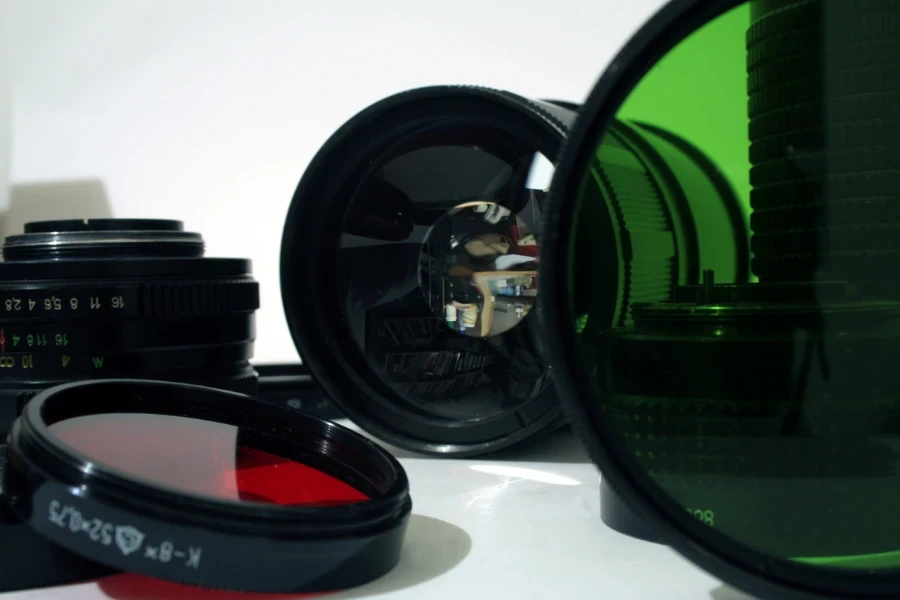
The surge in demand for high-quality filters
The camera lens market is witnessing a significant uptick in the demand for high-quality lens filters with the global market size being valued at USD 4624.88 million in 2022 and projected to reach an impressive USD 10122.92 million by 2028, showcasing a CAGR of 13.95%. The focus is shifting towards filters that offer superior optical quality, durability, and advanced features. This trend is particularly noticeable among professional photographers and videographers who are willing to invest in premium products for better results.
The popularity of multi-functional filters
Multi-functional filters that serve more than one purpose are gaining traction. These filters not only protect the lens but also offer UV protection and image enhancement features. The convenience of having a single filter that can perform multiple tasks is appealing to both professionals and hobbyists, making it a hot-selling item in the retail space.
Niche markets: Astrophotography and fine art photography
Specialized filters designed for niche photography areas like astrophotography and fine art are also seeing a rise in demand. These filters are tailored to meet specific needs, such as reducing light pollution for astrophotography or enhancing color saturation for fine art photography. Retailers should consider stocking these specialized filters to cater to a broader customer base.
Sustainability: Eco-friendly filters gain traction
With the increasing focus on sustainability, eco-friendly lens filters made from recycled or sustainable materials are becoming popular. These filters not only meet the quality standards but also appeal to the environmentally conscious consumer, adding another dimension to the product range that retailers can offer.
Regional preferences: What sells where
Different regions have varying preferences when it comes to lens filters. For example, high-quality filters are more popular in developed markets, while cost-effective options might be the choice in emerging markets. Retailers should be aware of these regional trends to stock products that cater to local demands.
Conclusion
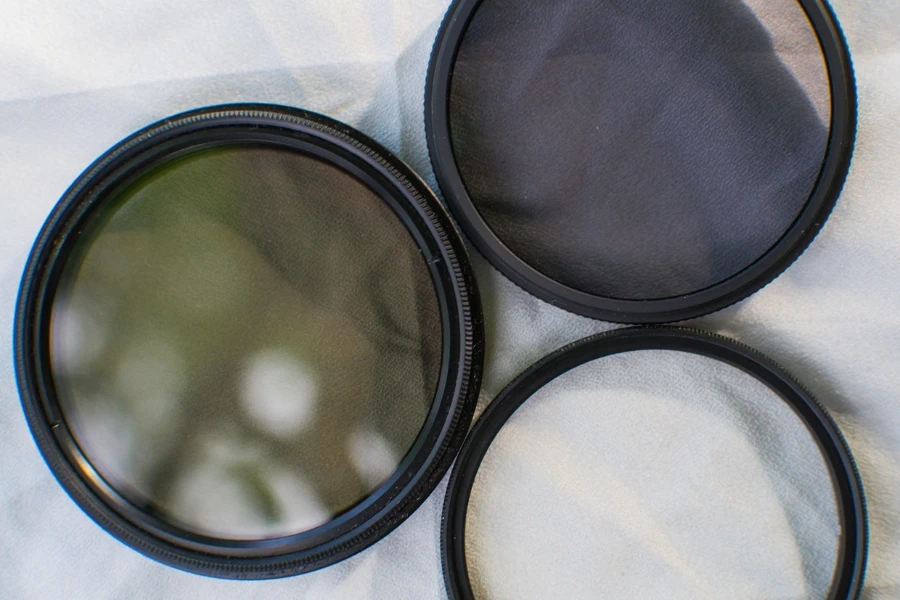
Key takeaways for retailers
Understanding the current market trends and consumer preferences is crucial for retailers to make informed stocking decisions. High-quality, multi-functional, and specialized filters are in demand, and offering eco-friendly options can give you an edge.
Future outlook: What to expect in 2024
The lens filter market is poised for significant growth, and the trends observed are likely to continue into the next year. Retailers should keep an eye on emerging technologies and consumer behaviors to stay ahead of the curve.
And there you have it—a comprehensive guide to choosing the right camera lens filters in 2024. By staying updated on these trends and understanding your customer’s needs, you can make savvy business decisions that boost your bottom line.
